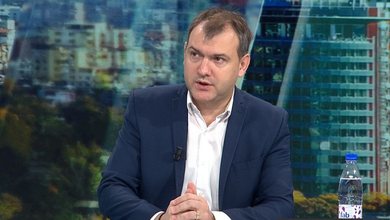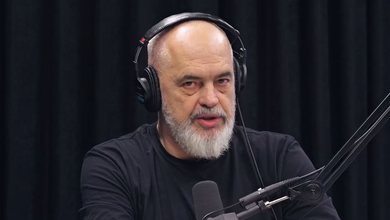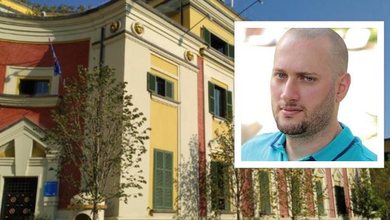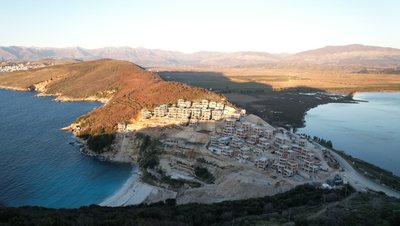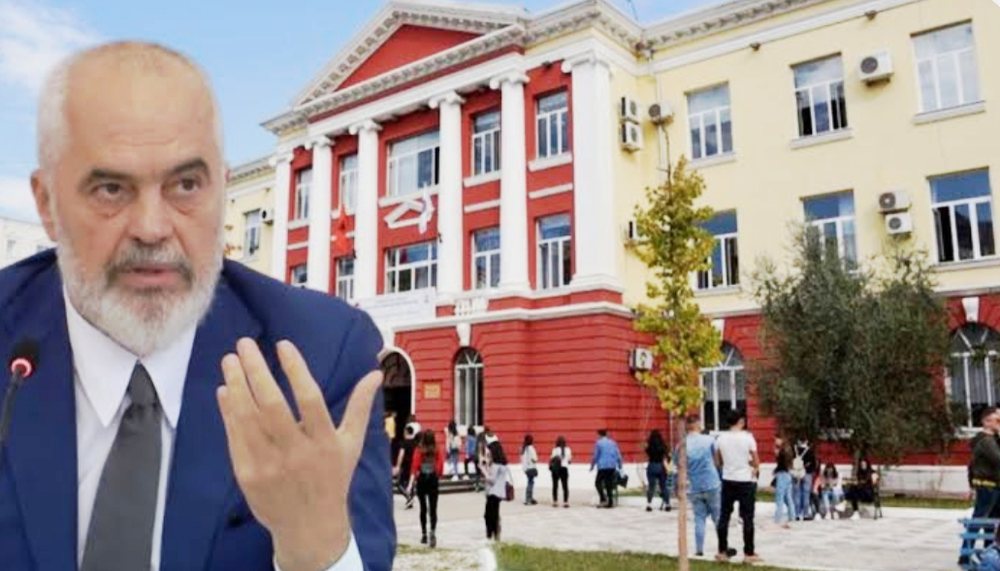
The new academic year 2025-2026 begins today in all universities in the country. In a post on social networks, Prime Minister Edi Rama, sharing a view of the Student City, announced that these buildings will accommodate approximately 5 thousand students of the University of Tirana, about 700 more than last year.
FigureS
How is it true? In fact, the number of students sitting in the auditoriums is rapidly decreasing from year to year, making their number in the vast majority of faculties much lower than the university capacities. Branches that previously offered dozens and hundreds of study quotas, in some cases are now counting students on the fingers of one hand. This year, 16 thousand students were registered in the first round of studies in the bachelor's cycle, from about 19 thousand a year ago, or 20 percent less, according to official sources from the Rectorate.
The number of students in higher education in Albania has declined significantly over the past decade, especially in public universities. From around 117,000 students in 2016, the number has fallen to around 86,900 in 2024, reflecting the country's demographic transition with declining birth rates and high youth emigration. The University of Tirana, which remains the largest institution in the country, lost almost 6,000 students between 2016 and 2024, while the decline has been even stronger at the Agricultural University of Tirana and the University of Vlora.
The decline in the number of students in public education contrasts with the trend in the private sector. In 2016, there were only 24 thousand students in non-public higher education institutions, while in 2024 the figure has reached over 37 thousand. The European University of Tirana, Epoka University and the Mediterranean University of Albania have experienced continuous growth, attracting more and more young people. Likewise, profiled universities such as “Marin Barleti”, “Aldent” or business colleges have gained ground, thanks to offers more adapted to the labor market and flexible programs.
Another trend is the expansion of interest in health and dentistry-related fields, with private universities such as Aldent and similar colleges experiencing rapid enrollment growth. Universities offering programs in technology and management have also seen growth, reflecting changing Albanian and regional market demand. Meanwhile, traditional agriculture and natural sciences fields continue to lose students, putting the development of these fields at risk.
The data show a shift in young people's preferences from public universities to private ones, which offer more practical and employment-related programs. Meanwhile, there is a shift in preferences from technical and agricultural branches towards medicine and professions related to the labor market. Many universities in the country's regions have suffered a sharper decline, as young people prefer the capital or are leaving the country. Preferences in higher education have shifted towards branches that offer practical skills and greater guarantees for employment, such as business, economics, technology and especially medicine and dentistry./Monitor.al



